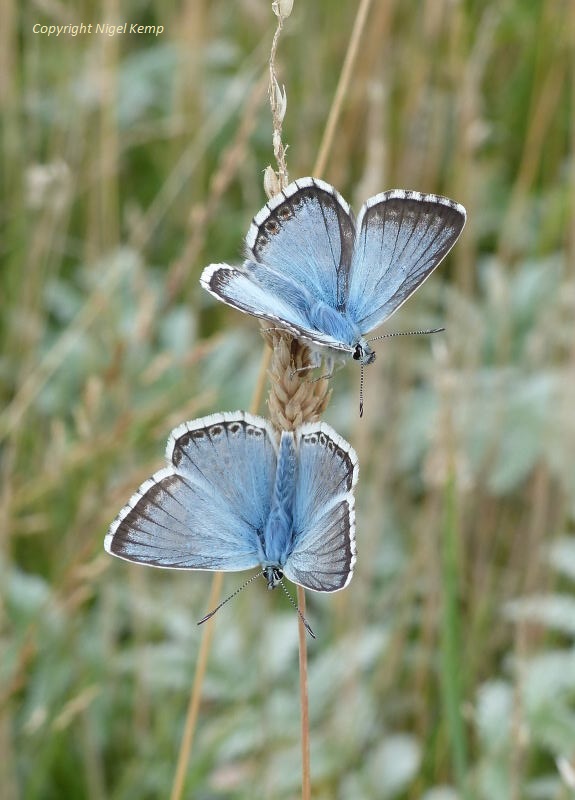As an antidote to these endless grey damp days of winter, I think back (and look forward) to those halcyon days of summer, wandering the East Sussex downs under warm blue skies.
Adonis Blue (Lysandra bellargus) (male)
Chalkhill Blue (Lysandra coridon) (males)
Common Blue (Polyommatus icarus) (males)
Clouded Yellow (Colias croceus) (female)
Dark Green Fritillary (Argynnis aglaja) (male)
Marbled White (Melanargia galathea) (female)
Bee Orchid (Ophrys apifera)........I see a laughing jester rather than a bee!
Lizard Orchid (Himantoglossum hircinum)



















































